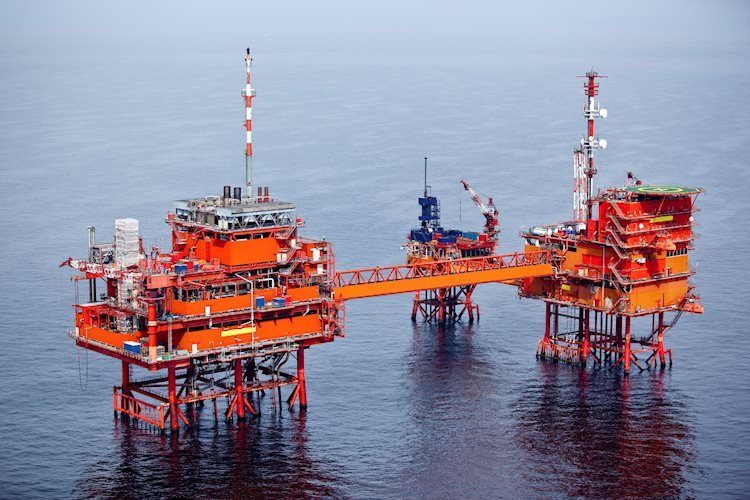- WTI prices depreciated as China’s latest stimulus measures fell short of investor expectations, further weakening demand outlooks for Oil.
- China announced a 10 trillion Yuan debt package that does not include direct economic stimulus measures.
- Oil prices fall due to easing concerns over potential supply disruptions from Storm Rafael in the US Gulf of Mexico.
West Texas Intermediate (WTI) Oil price continues to decline for the second consecutive day, trading around $69.90 per barrel during the Asian hours on Monday. The drop in crude Oil prices comes as China’s latest stimulus measures disappointed investors, further weakening demand expectations from the world’s largest Oil importer.
On Friday, China announced a 10 trillion Yuan debt package aimed at easing local government financing pressures and supporting economic growth, but the package did not include direct economic stimulus measures, which added to market concerns. Additionally, lower-than-expected Chinese economic data released on Saturday highlighted deflation risks, despite Beijing’s stimulus efforts in late September.
China’s Consumer Price Index (CPI) rose by 0.3% year-over-year in October, slightly below market expectations and down from September’s 0.4%. The month-over-month CPI fell by 0.3%, a sharper decline than the anticipated 0.1% drop, following a flat reading in September. Meanwhile, China’s producer prices dropped by 2.9% year-over-year, a steeper decline compared to the 2.8% fall in the previous month.
Oil prices have eased after concerns over potential supply disruptions from Storm Rafael in the US Gulf of Mexico subsided. As of Sunday, more than a quarter of US Gulf of Mexico Oil production and 16% of natural gas output remained offline, Reuters cited the offshore energy regulator.
However, crude Oil prices could gain momentum as Donald Trump is expected to tighten sanctions on OPEC+ members Iran and Venezuela, potentially reducing Oil supply to global markets. Additionally, Oil markets are being supported by strong demand from US refiners, who are anticipated to operate their plants at over 90% of their crude processing capacity, amid low inventories.
WTI Oil FAQs
WTI Oil is a type of Crude Oil sold on international markets. The WTI stands for West Texas Intermediate, one of three major types including Brent and Dubai Crude. WTI is also referred to as “light” and “sweet” because of its relatively low gravity and sulfur content respectively. It is considered a high quality Oil that is easily refined. It is sourced in the United States and distributed via the Cushing hub, which is considered “The Pipeline Crossroads of the World”. It is a benchmark for the Oil market and WTI price is frequently quoted in the media.
Like all assets, supply and demand are the key drivers of WTI Oil price. As such, global growth can be a driver of increased demand and vice versa for weak global growth. Political instability, wars, and sanctions can disrupt supply and impact prices. The decisions of OPEC, a group of major Oil-producing countries, is another key driver of price. The value of the US Dollar influences the price of WTI Crude Oil, since Oil is predominantly traded in US Dollars, thus a weaker US Dollar can make Oil more affordable and vice versa.
The weekly Oil inventory reports published by the American Petroleum Institute (API) and the Energy Information Agency (EIA) impact the price of WTI Oil. Changes in inventories reflect fluctuating supply and demand. If the data shows a drop in inventories it can indicate increased demand, pushing up Oil price. Higher inventories can reflect increased supply, pushing down prices. API’s report is published every Tuesday and EIA’s the day after. Their results are usually similar, falling within 1% of each other 75% of the time. The EIA data is considered more reliable, since it is a government agency.
OPEC (Organization of the Petroleum Exporting Countries) is a group of 12 Oil-producing nations who collectively decide production quotas for member countries at twice-yearly meetings. Their decisions often impact WTI Oil prices. When OPEC decides to lower quotas, it can tighten supply, pushing up Oil prices. When OPEC increases production, it has the opposite effect. OPEC+ refers to an expanded group that includes ten extra non-OPEC members, the most notable of which is Russia.
Read the full article here

